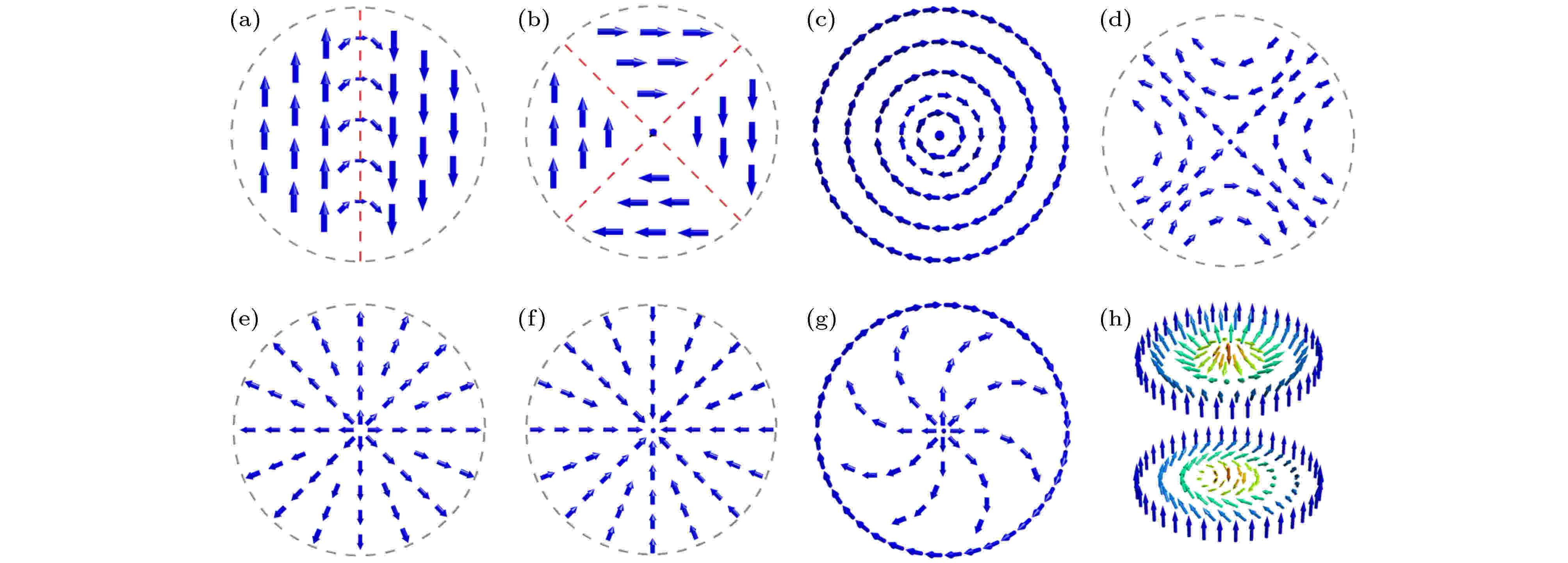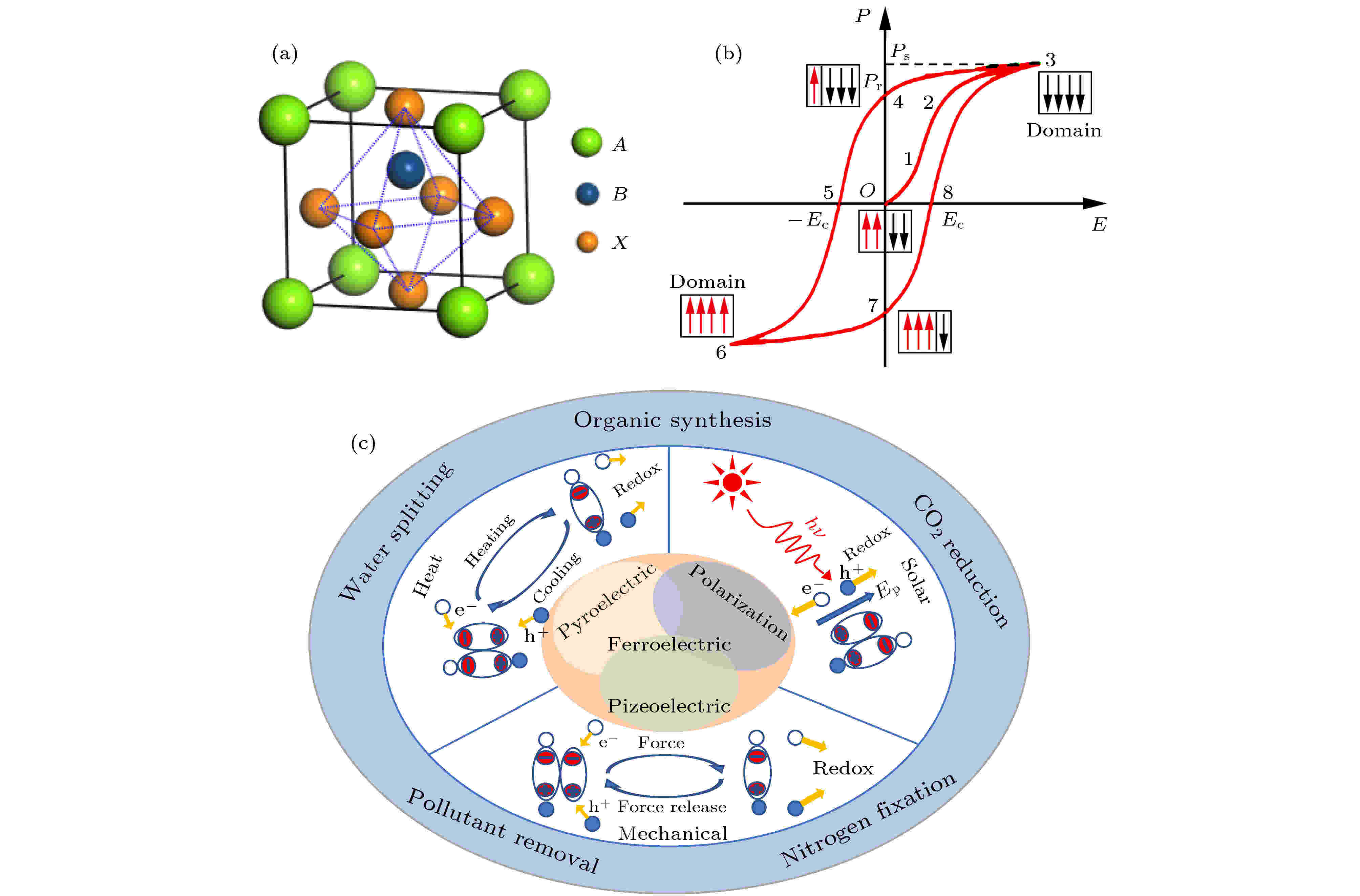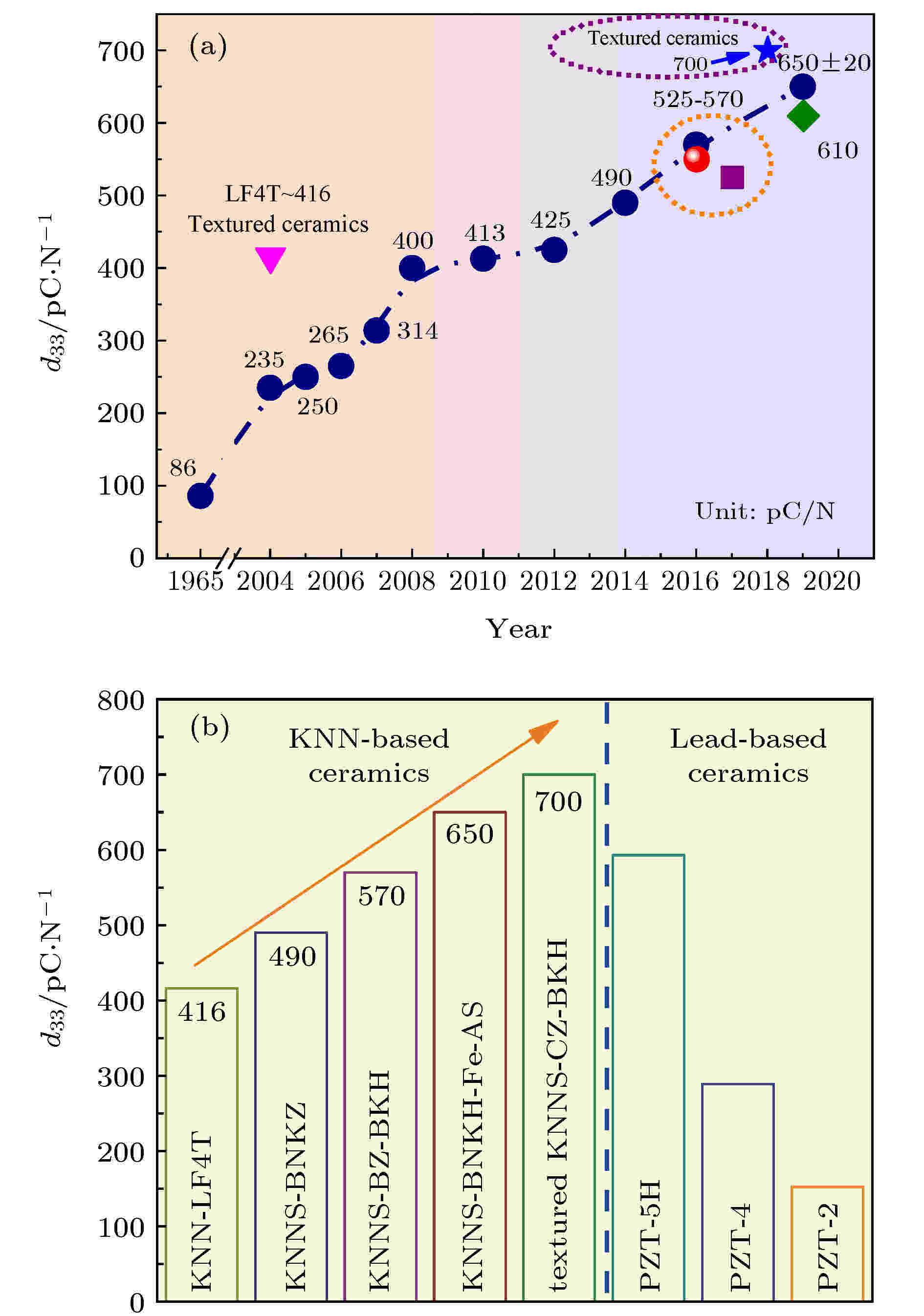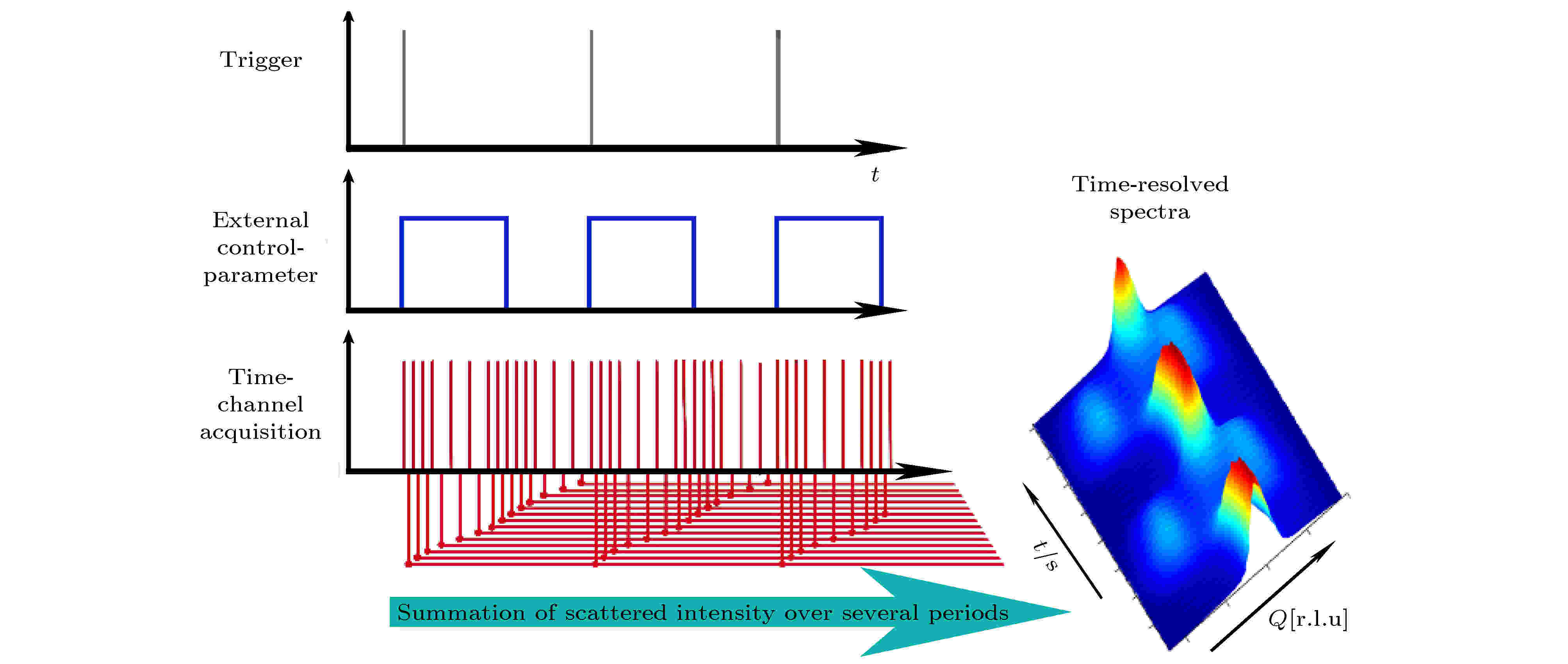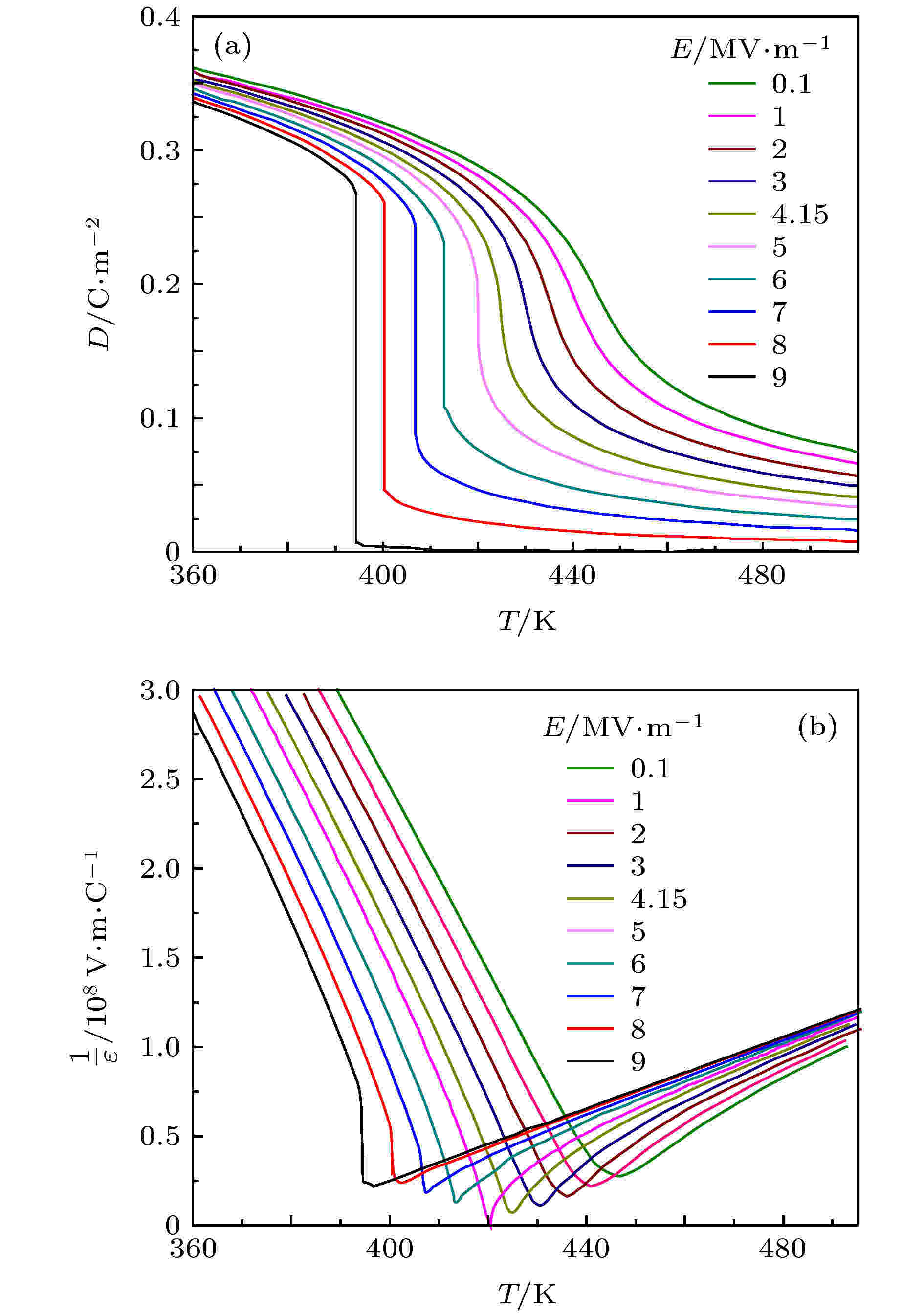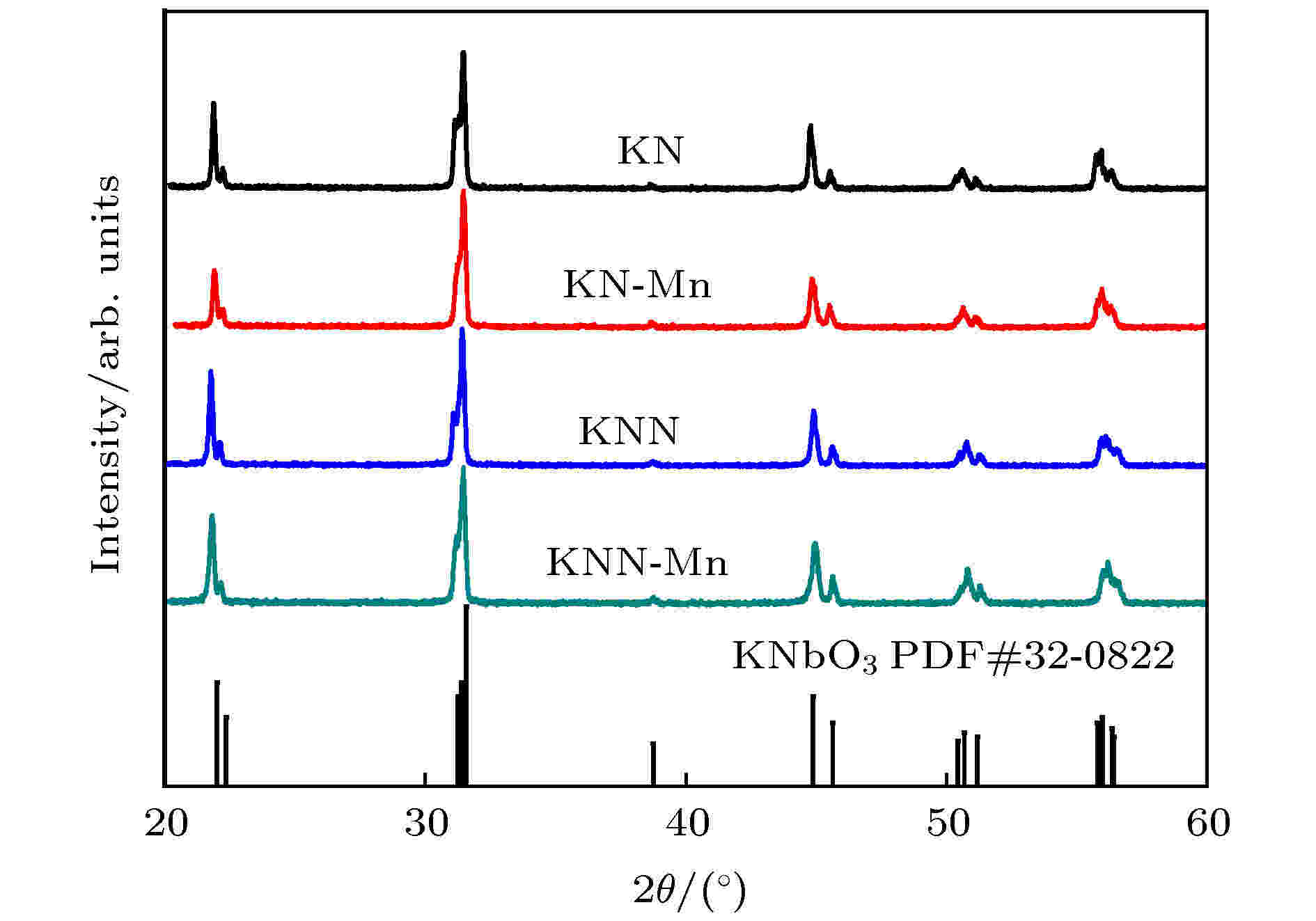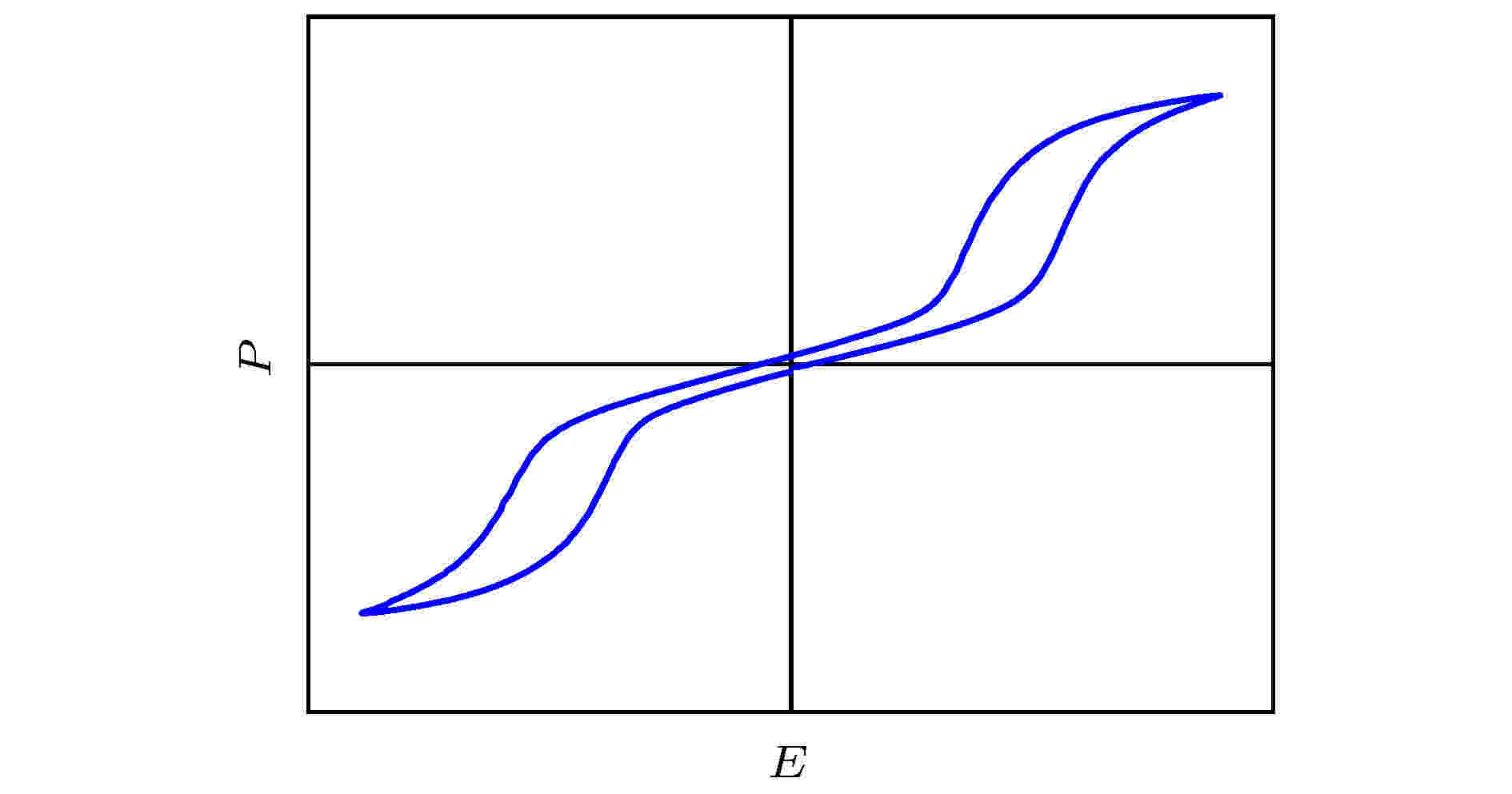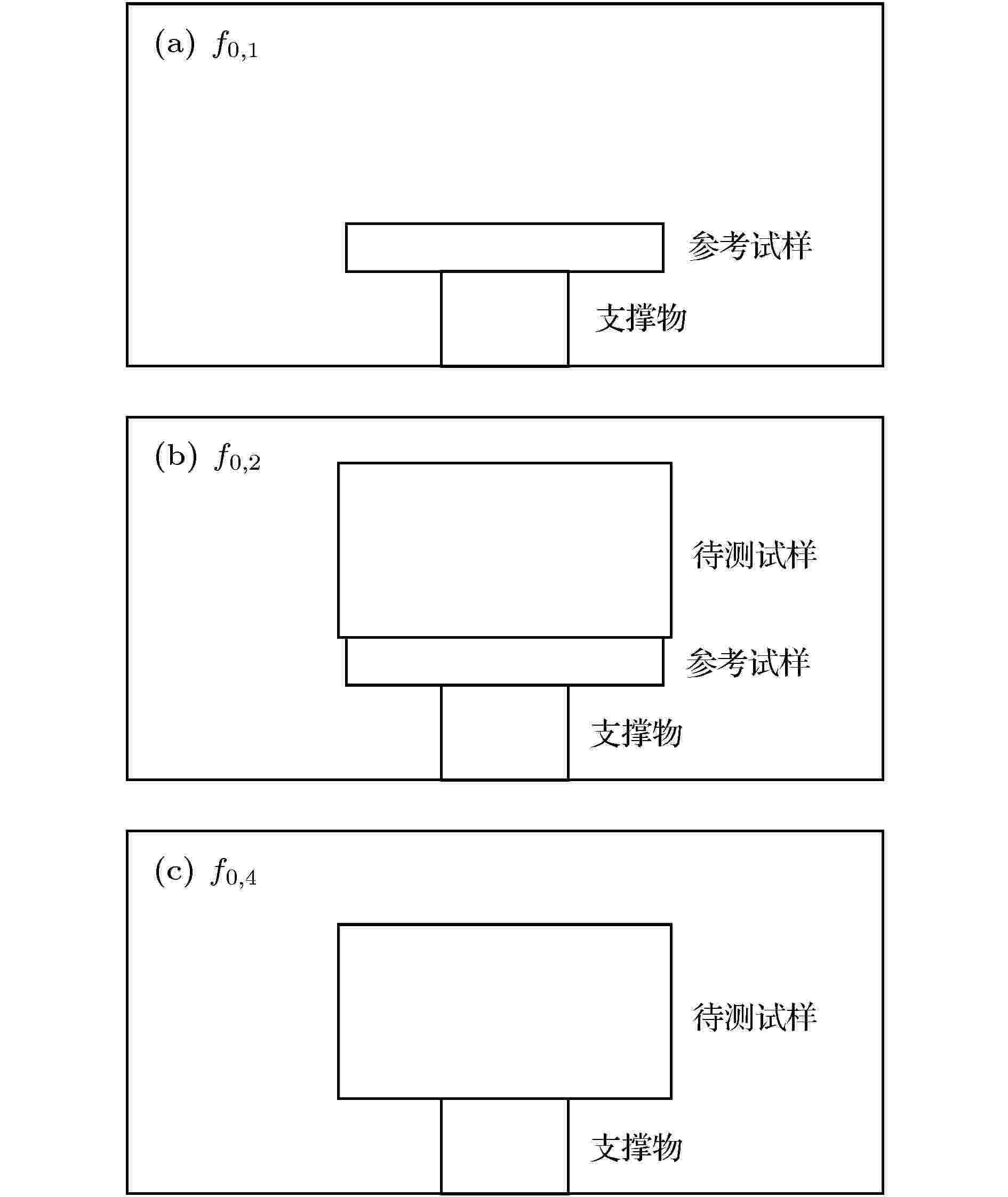SPECIAL TOPIC—Dielectric materials and physics
DOI: 10.7498/aps.69.120101
电介质材料有许多独特的物理性质, 如介电、压电、热释电、铁电、电光、非线性光学及其耦合特性等, 在传感、换能、探测、医疗、通信、国防等众多领域具有广泛的应用价值. 相关的物理研究主要涉及介电材料内部束缚电荷在电、磁、光、力、热等外场作用下的极化过程和与极化相关的各种物理现象; 通过设计材料的成分与结构等, 揭示诸多性能的调控规律和微观机制, 在此基础上开发高性能电子器件.
今年恰逢发现铁电材料 100 周年. 铁电性作为电介质材料物理内涵的重大发现之一, 源于法国人 Joseph Valasek 在 1920 年 4 月 23 日美国物理学会春季会议上报道的罗息盐 (酒石酸钾钠,NaKC4H4O6·4H2O, 1672 年前后由法国药剂师 Pierre Seignette 发明) 晶体存在铁电性. 百年来, 包括铁电材料在内的多种电介质材料及其应用研究均取得了重要突破, 电介质材料与微电子材料和器件一样, 在现代电子元器件技术与产业中占据了不可替代的地位. 例如: BaTiO3 的发明推进了电容器的大容量和小型化; PZT 压电陶瓷的发明促使声纳、微机电等技术的飞跃发展; 低损耗微波介质材料研究的突破使得移动通信的实用化成为现实.
进入 21 世纪以来, 得益于第一性原理、相场模拟等理论计算方法的迅速发展, 以及微纳尺度的结构分析、物性表征和器件研制技术的快速提升, 人们以各种微纳结构、畴形态、周期结构、界面工程等设计为代表的创新研究思路, 极大地促进了电介质材料物理性能的优化和提高, 使其研究进入了新的发展范式. 我国科研人员也在这一领域做出了突出贡献. 同时, 我们也客观地看到, 同凝聚态物理、材料物理与化学等其他研究领域相比, 电介质研究领域包括铁电领域的发展速度相对缓慢.
为进一步促进国内同行的交流, 中国物理学会电介质专业委员会联合《物理学报》, 组织出版了“电介质材料和物理”专题, 邀请活跃在本领域的部分专家, 从电介质物理和材料的实验和理论诸方面, 以不同的视角介绍本领域的最新进展和未来趋势. 鉴于电介质材料和物理属于交叉学科, 具有多样性及复杂性的特点, 本专题只能重点介绍电介材料和物理领域的部分研究成果, 与读者和同行分享. 从研究内容上, 可大致分为两类: 一是探索电介质材料特别是铁电、压电材料的物理规律;二是探索这些材料的器件物理和应用研究. 内容主要涵盖以下六方面: 1) 电介质材料基础理论;2) 相变、结构和畴结构; 3) 无铅铁电压电材料和性能; 4) 铁电光电效应; 5) 介电储能、热释电和电卡效应; 6) 微波介电材料.
我们希望本专题能有助于扩大电介质研究在海内外华人学者中的影响, 吸引更多学者尤其是年轻学者的关注和加入, 为我国在本领域的蓬勃发展增添新生力量.
